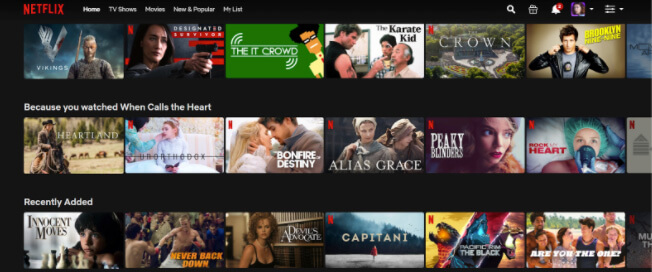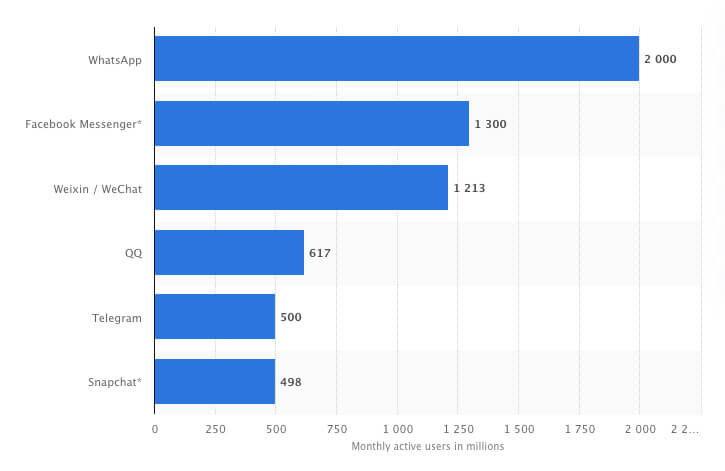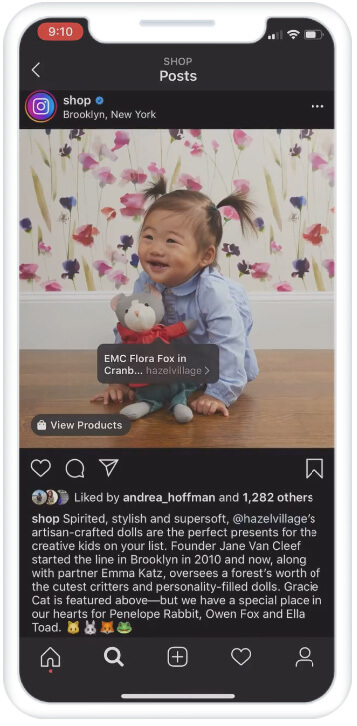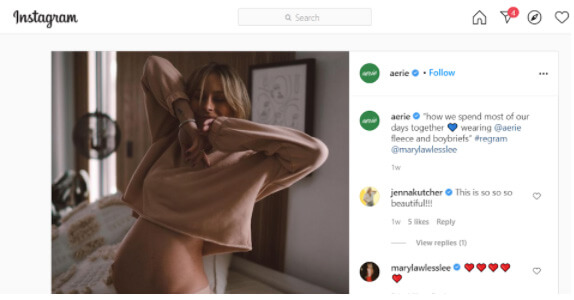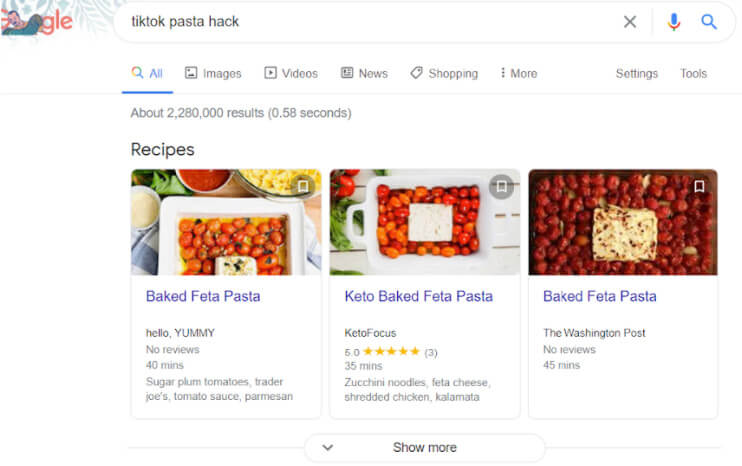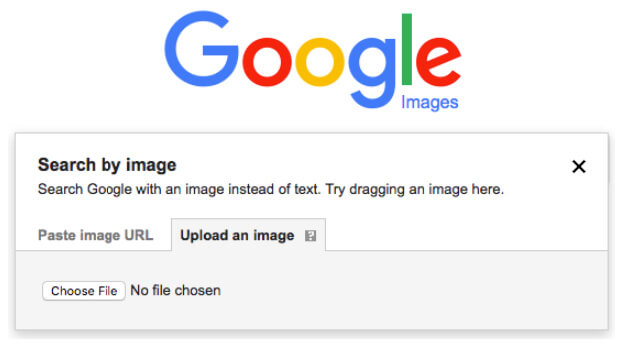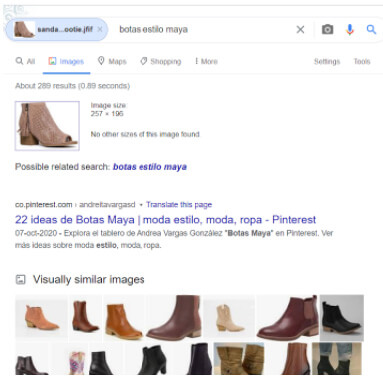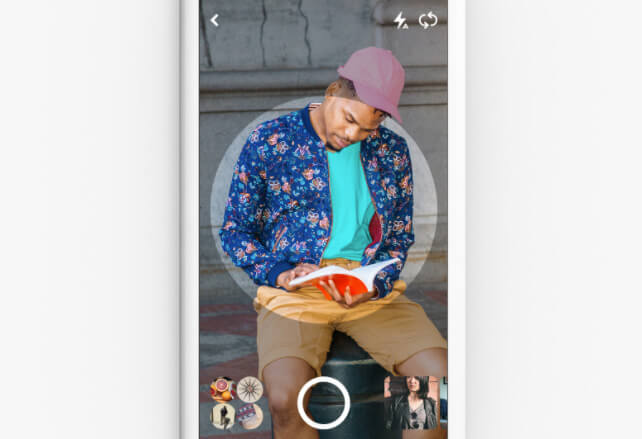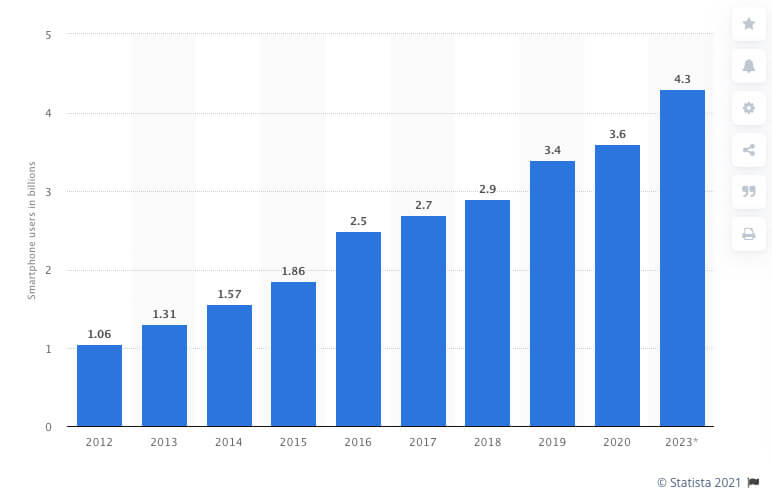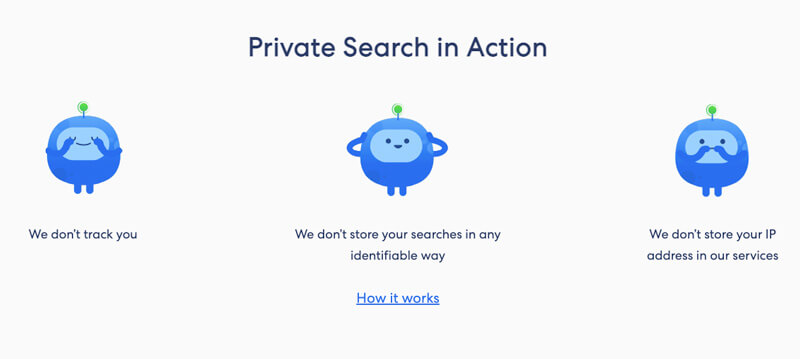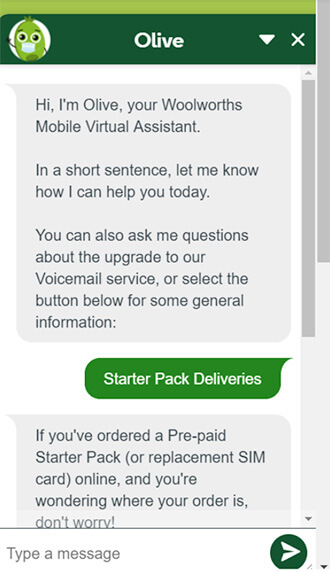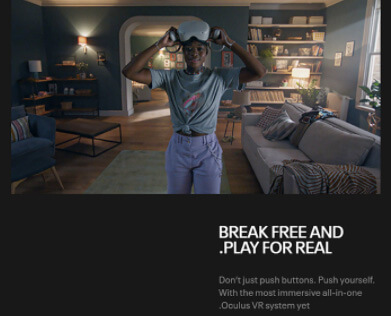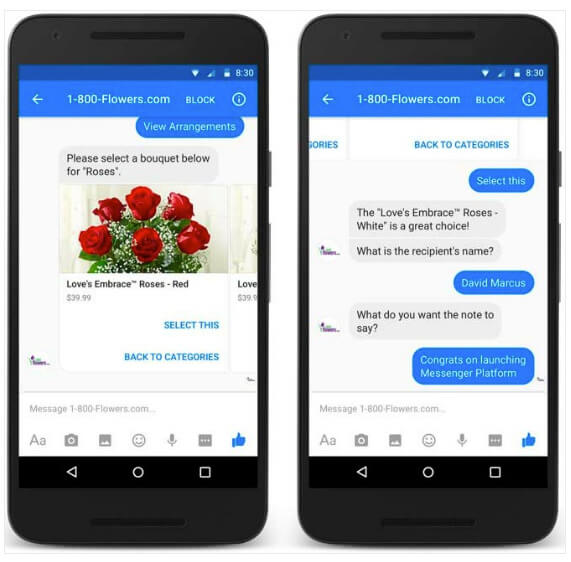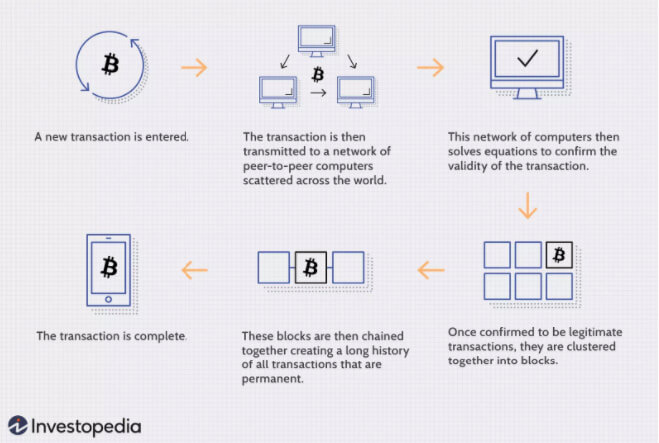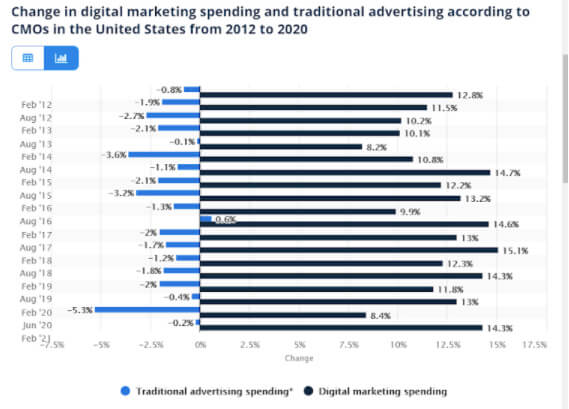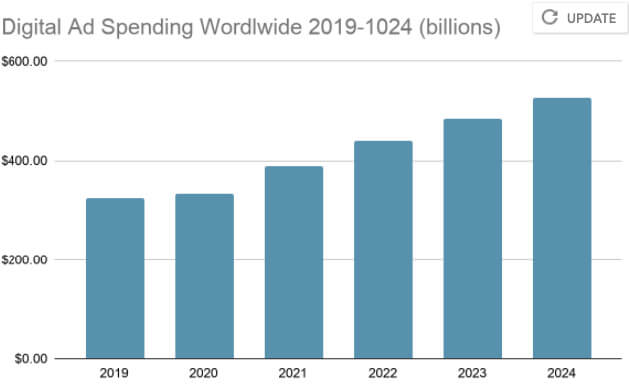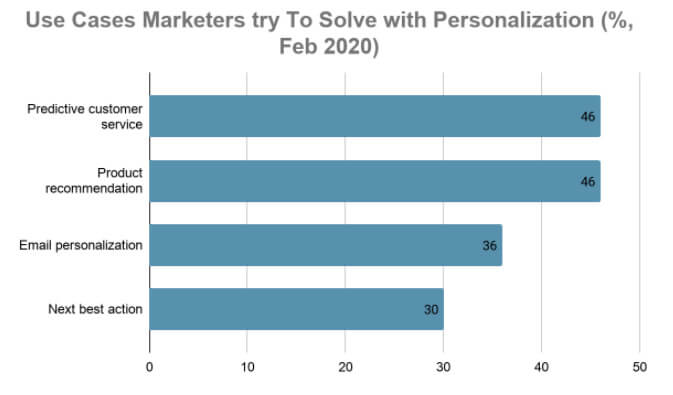
How To Do Site Search Definiton – Tips for Website Owners
Search engines are used by most people on an almost daily basis. Providing search engine capability to your website can be one of the most effective web marketing strategies. In this post, we’ll give you a guide so you can start leveraging site search right away.
In this post
Site Search Overview
Definition
Site search is a functionality that allows your users to search and find content on your website quickly and efficiently. While it’s similar to a regular search engine, it is exclusive to your site and works by indexing it constantly. This makes it more than just a browsing feature as it enhances the user experience by enabling visitors to locate the type of content they are looking for seamlessly.
What does this feature look like? You can find it by looking at the search box and magnifying glass on a webpage.
Why Makes it a Valuable Feature?
Searching to locate relevant content or information amongst the vast amount of data across the web is an integral part of how we use the internet. We all do it almost unconsciously every time we try to locate a specific song, YouTube video, or article at some point throughout the day. Consequently, visitors automatically expect a similar browsing experience when they come to your site.
In a way, search provides a quick conversation between your site and your visitor. The visitor “asks a question” by typing a query, and the website provides an “answer” with a set of results.
And while search bars are essential to ensure a good user experience, a well-designed search feature is considered one of the principal elements of a great UI. As you can see in this example below, search is an integral part of the user experience of biketours.com.
It’s also worth noting the importance of visibility; the search bar should be easily located for your website visitors to use. It’s considered best to place the search bar either at the top right corner or the top and center of the web page.
Site Search Statistics
Due to the time-saving and efficient capabilities of search solutions, the search market is growing steadily and is expected to reach $8.9 billion by 2024. Here are some statistics that demonstrate this:
- 30% of visitors use a site search box if there is one on the site.
- Visitors who use the site search box are recognized as high-intent users since they actively seek out the object of their query.
- Websites with site search produce 1.8 times more conversions than websites without site search. For example, a study showed that websites with search converted at a 4.63% rate, compared to the 2.77% of average website conversion.
- The percentage of visitors that use the site search represents 45% of all conversions. Users that use site search are more likely to make a purchase because they are actively seeking to do so.
- Most Consumers, 84% of internet users, turn to a search function or engine to solve a problem. So, by including a search feature on your site, you are helping your users by enabling them to solve problems.
- Search is so important for customers that 68% won’t return to a site if they had a poor search experience.
Ads in Site Search
Search advertising is a marketing method that involves placing ads on search engine results pages. You can add a search engine box to your site that will display ads alongside search results from your site. Some ad networks offer this possibility, such as Google AdSense.
Companies pay to place ads in your website’s search results in a pay-per-click advertising model. Search advertising operates under a real-time bidding system. Advertisers bid on specific keywords, and the ad network platform selects the best ad for each user query.
This model works well when ads are relevant to your user’s search. That’s where contextual advertising comes in.
A platform like CodeFuel leverages search ads that are contextually relevant to what your users are looking for and to the context of your website.
Get in touch to learn more about CodeFuel search monetization options.
4 Ways Site Search can Benefit your Business
Boost Competitive Advantage
Implementing site search can give you a competitive advantage by setting yourself apart from other businesses since this feature is often overlooked, and only a tiny percentage of companies invest in it.
Gain a Better Understanding of Customer Behavior
Every time visitors use your on-site search, they leave data about their intent. So by tracking and analyzing on-site searches, you gain valuable data and insights about your consumers. For example, analyzing the data can reveal what your customers want from your website; you can implement these insights towards improving your website and product/services.
Elevate Customer Experience
Site-search provides your visitors with an efficient way to locate relevant content and information, delivering a great user experience. While you can have excellent content on your site, you won’t reap its benefits if users can’t navigate it easily. Enabling your visitors to find what they are looking for with a few clicks ensures they stick around on your website longer. Additionally, by enhancing the experience with search ads, they are also likely to return!
Increased ROI
When visitors find what they want quickly and have a positive user experience, they are more likely to make a purchase, leading to more revenue for you. Additionally, visitors who use on-site search convert more than visitors who don’t and tend to keep coming back to the website.
What Websites Can Benefit the most from On-Site Search?
Saas Companies
Software-as-a-Service companies that include a search capability improve their user experience. Customers can then search through their data, check the documentation, and find what they need. Because of the highly competitive environment for SaaS companies, offering a better user experience is crucial to gain a competitive advantage.
Media
Content within media sites is dynamic and constantly expanding. As a result, it is common for visitors to browse to find the content they are looking for or interested in. Site search can be an invaluable tool to help your visitors quickly and efficiently locate content. Moreover, the functionality can direct them to more relevant topics of interest, increasing the amount of time they stick around on the site.
Ecommerce
When users know what they are looking for, they want to resolve it quickly. So instead of making them navigate through several menu tabs, give them a quick way to find what they want. When you help them search, find and purchase efficiently and in the least amount of time, you undeniably see an increase in ROI.
What industries do benefit the most from site search? According to a study, healthcare, transportation, hospitality, insurance, technology, and retail saw the highest growth in customer queries and search results in 2019.
What are the next trends for site search for 2022?
- Voice search
With the steep increase in the popularity of voice assistants, it is expected that voice search will continue to grow. A study by OC&C projects voice-assisted purchases may reach $40 billion by the end of 2022 in the U.S.
- Personalization in search
As websites serve different end-users, it’s proving increasingly important to personalize their experiences. Enhancing the search with contextual, relevant ads can achieve this. Personalized recommendations, for example, make the experience more intuitive.
Suggested content from Amazon
Top Ecommerce Site Search Solutions
Ecommerce Site Search Software helps sellers and retailers by offering a better experience for consumers. Consumers can find what they need quickly by using the search functionality. E-commerce software provides product recommendations, improves engagement, and helps reduce cart abandonment. We collected a list of the most popular software:
- CodeFuel
CodeFuel is a powerful, customizable, and efficient monetization platform that helps you leverage search ads and enhance your user experience with on-site search. Using machine learning and advanced analytics, our all-in-one solution maximizes the yield for publishers.
- Algolia
It is an API platform that provides site search and content discovery. The platform specializes in delivering content to users in the fastest way possible.
- Searchspring
Automates and simplifies e-commerce processes from site search to merchandising. Searchspring provides solutions for e-commerce businesses like analytics, reporting, and site search boxes.
- Swiftype
It is a cloud-based site search platform. Swiftype aims to deliver tailored search experiences to customers, focusing on relevance and analytics.
How to Choose the Right Site Search Solution
Many site search platforms are available, and their features and pricing vary. We recommend considering which one offers the better search experience is just one of the features, and if you want to ramp up your revenue, it is essential to choose a solution that can also leverage search ads.
Here are some additional features worth considering:
- Analytics
To maximize site search benefits, you should choose a platform that can provide you with robust analytics capabilities. This feature can help you track and analyze user search behavior and, as a result, better understand your consumers.
- Functionality
Site search should work quickly and accurately. That means delivering results even when the visitor writes a typo. An autocomplete feature can also simplify the search.
- Customization
The best solutions should enable you to include different visitor profiles in your site search to deliver a more personalized experience.
- Reliability
The search feature should operate smoothly without a hitch. It would be best to choose a solution that runs on reliable infrastructure.
How On-Site Search can Boost SEO?
The paradox of good SEO implies that the more content your site has, the harder it is to sift through and locate specific articles or content. So, however good the site navigation is, there comes the point where it is a hassle for visitors to try to find what they are looking for.
A functional search box that delivers fast and accurate results can help your users find the right content on your site and raise your SEO ranking.
Best practices to ensure the on-site search boosts your SEO ranking:
- The search box is visible on all relevant pages.
- The search box provides autocomplete & predictive search suggestions based on the query.
- The search box is keyboard-friendly.
- Search result pages save searches.
- The search box doesn’t return an empty search results page. Instead, it suggests similar content, products, or services.
How Codefuel Site Search will Enhance your Visitors’ Experience
CodeFuel offers an enhanced user experience and monetization. While monetization may not be the first thing you associate with site search, if you want to make the most of your search box, it is something you should consider.
CodeFuel Site Search provides fast and accurate results, together with highly targeted search ads to improve your visitor’s search experience. Our site search solutions are optimized to boost revenue and your media campaign flexibility.











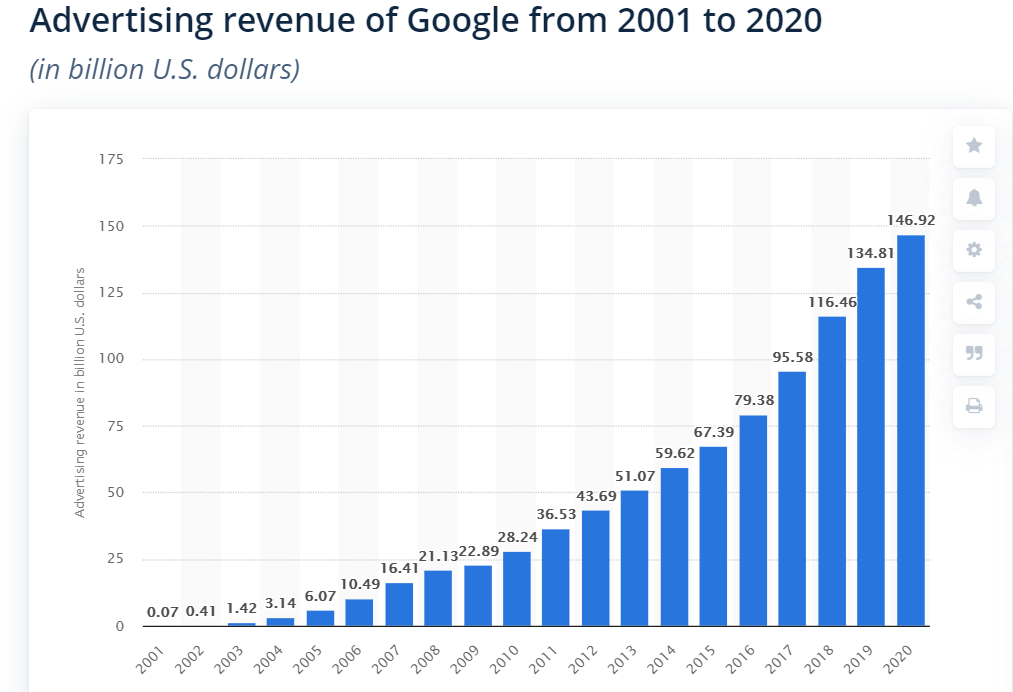
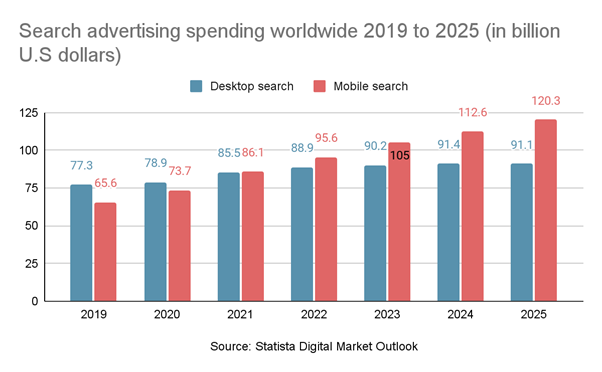
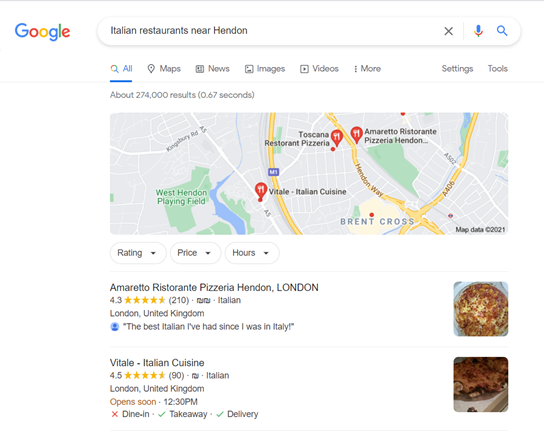
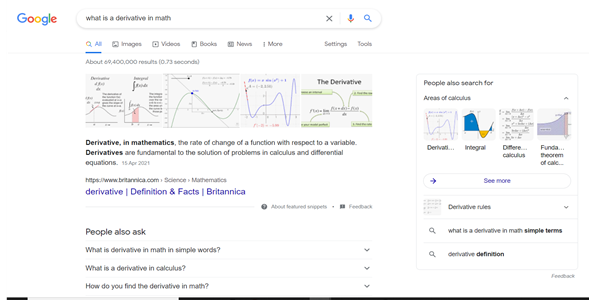


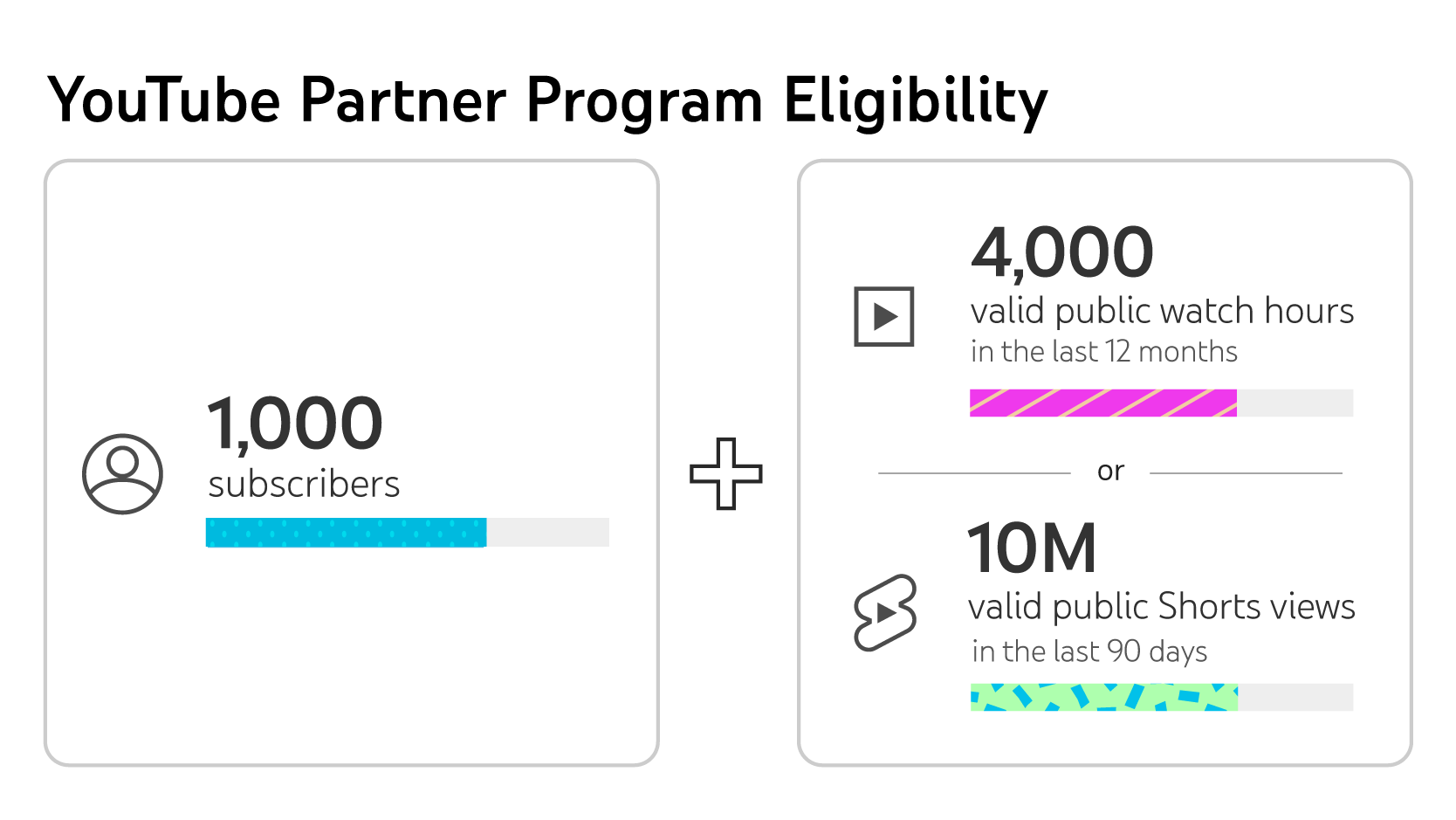










 Who can benefit from this? Serious gamers with great video skills
Who can benefit from this? Serious gamers with great video skills













